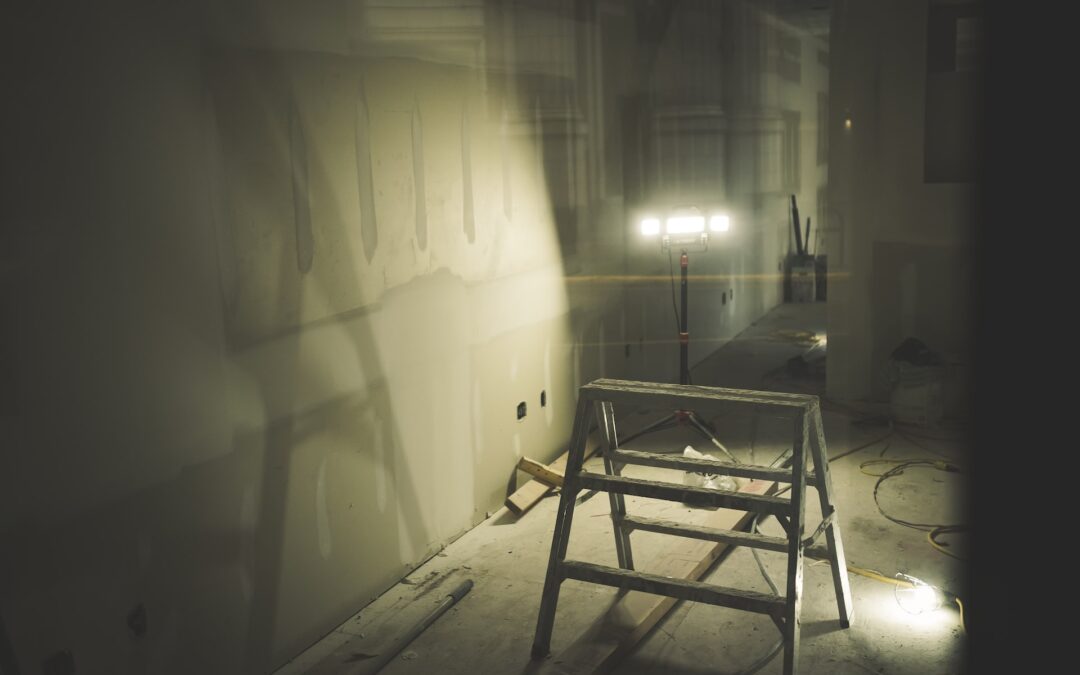Making any sort of improvement or construction requires many particulars to be considered. Such factors include the type of materials to use, budget, and specifications. To ensure you have the right things for your project, it’s important to understand why the materials you choose best fit you. In this case, it’s drywall.
It’s important to understand the different types available and which one is best suited for the job. This will ensure the kind you choose is appropriate for the environment and purpose of your project. Here’s a list of what they are to determine the one(s) you need:
Traditional
Traditional plasterboard is a common material used in the construction of residential homes. It is typically made with a thickness of 1/2-inch and comes in 4×8-foot panels. This standard size and thickness allow walls to be finished with few joints. If needed, thicker and larger sizes of traditional kinds are available.
Fire-Resistant
Type X and Type C drywall are fire-resistant but have been designed for different purposes.
- Type X is intended for walls, ceilings, and floors, offering greater protection than Type C. This type has been strengthened with glass fibers, capable of withstanding fire for up to an hour. It is thicker than the regular kind, measuring at least 5/8 inches thick, and is often required in buildings with furnaces, boiler rooms, and attached garages.
- On the other hand, type C is only meant for walls. as it is tested to last longer in a fire. It is made from a mix of glass fibers and vermiculite minerals. Compared to Type X, it has more glass, and the vermiculite helps the board stay strong when exposed to high temperatures. This is also more durable in hot environments than Type X and can be rendered thicker, providing better protection against sound.
Mold- and Moisture-Resistant
Mold- and moisture-resistant plasterboard is specially designed for areas in a building that have a higher chance of getting wet or humid. It is best to use in places such as kitchens, bathrooms, laundry rooms, and basements that are more likely to be exposed to moisture. This plasterboard is more resistant to water damage, mold growth, and other damage caused by moisture.
Greenboard
As the name implies, this plasterboard has a green coating on the back made with petroleum which helps protect it from moisture and mold growth. The green color makes it easier to recognize and helps the installer apply the joint compound in the right spots. While Greenboard is resistant to water, it is not waterproof.
In Closing
No matter what kind you choose, it’s important to understand the properties of each and how it can best be used in your project. Selecting the appropriate type of plasterboard for your needs is important. Different types have different strengths and weaknesses, so it’s important to understand what each one offers. If you’re unsure which is best for your project, don’t hesitate to ask an expert for advice.
Contact Patch Doctors Today
As a family-owned business serving the El Paso County area, we are committed to providing exceptional customer satisfaction through excellent customer service, offering reliable and prompt solutions, and making the quote and booking processes simple and stress-free. Let us install, repair, and remodel your drywall in Colorado Springs. Get your free quote now by calling (719) 200-7167!


